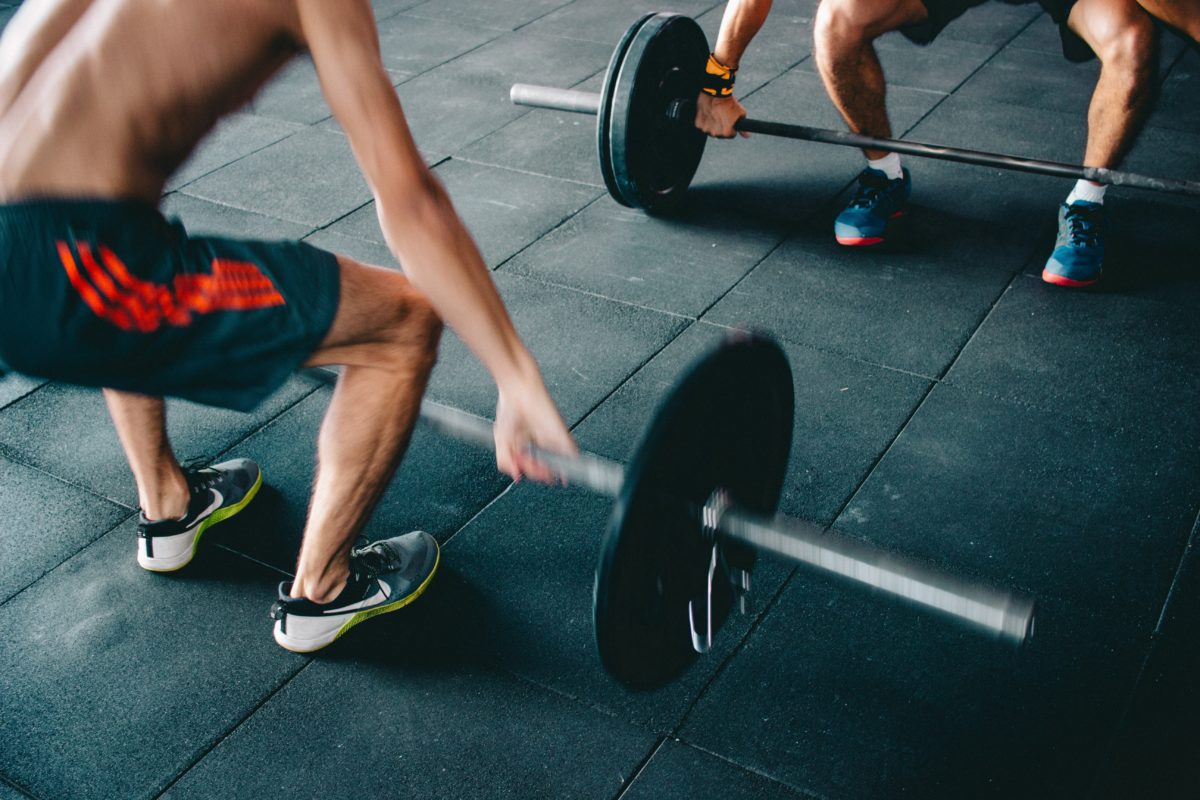It’s not just Ninja Warrior of course, it’s Spartan, Tough Mudder and a host of other obstacle races that our clients are watching or competing in. And the biggest challenge for most of them – grip strength. A strong hand grip is of course more important than just adventure sports, it is actually a predictor of a longer life, and a measure of your fatigue at a given point – so let’s look at the research, and what we can do to give our clients grips of steel.
A significant bit of research just came and went without much fanfare yet it has tremendous importance for us and our clients. The paper, “The association of grip strength from midlife onwards with all-cause and cause-specific mortality over 17 years of follow-up in the Tromsø Study by Bjorn Heine-Strand et al” shows that weaker grip strength is associated with earlier death in men and women, regardless of age. In other words, grip strength might be a bio-marker of relevance to ageing over our entire life-span.
Grip strength for goodness sake. I mean if you told me aerobic capacity or pulse strength or speed or even a major muscle like quad strength was a predictor of longer life, I’d understand it more, but no, it’s how hard you can shake someone’s hand. Which now that I think of it makes sense at least anecdotally, as my 92 year old Father-in-law having warded off Lymphoma 5 years ago can still crush my hand when we shake! But there is another incredible thing that grip strength can tell us, and that is how fatigued we and our clients are.
Currently apart from the obvious: the client looks tired, their lifts are down and so forth it is hard to predict how fatigued they really are. But even if their lifts are holding up, a good trainer will often suspect something is off and know they need to program appropriately for that session. How much better would it be to have known where their fatigue was at before lifting anything? To have made an assessment scientifically without having had to risk further depleting their CNS because they are in fact so fatigued that the usual program would do more harm than good. It’d be much better, and it’s all achievable with a $40 hand dynamometer.
A dynamometer is likely to turn into one of your most useful and fun bits of kit. With a reference measurement that is only age and gender related not weight related I find it more useful to keep regular notes on your clients results measured against themselves instead of against a standard list. I say this because everyone I know has tried out my dynamometer and the big guys have big grips as you’d expect. So for our purposes, once you know that your client regularly squeezes say 40kg a time, then look for readings that are 10% out, and reduce load accordingly. By the way, it’s not as convenient, but you can use a bathroom scale as a measurer too by just squeezing it between both hands instead of standing on it of course. It’ll get you started and then you can buy your own dynamometer when you’re convinced.
Next time we are going to look at how to strengthen your grip, and the touch on the most common grip issue, tennis elbow, but for now remember, a stronger grip has been shown to indicate a longer life with less illness, so it is worth our focus.
